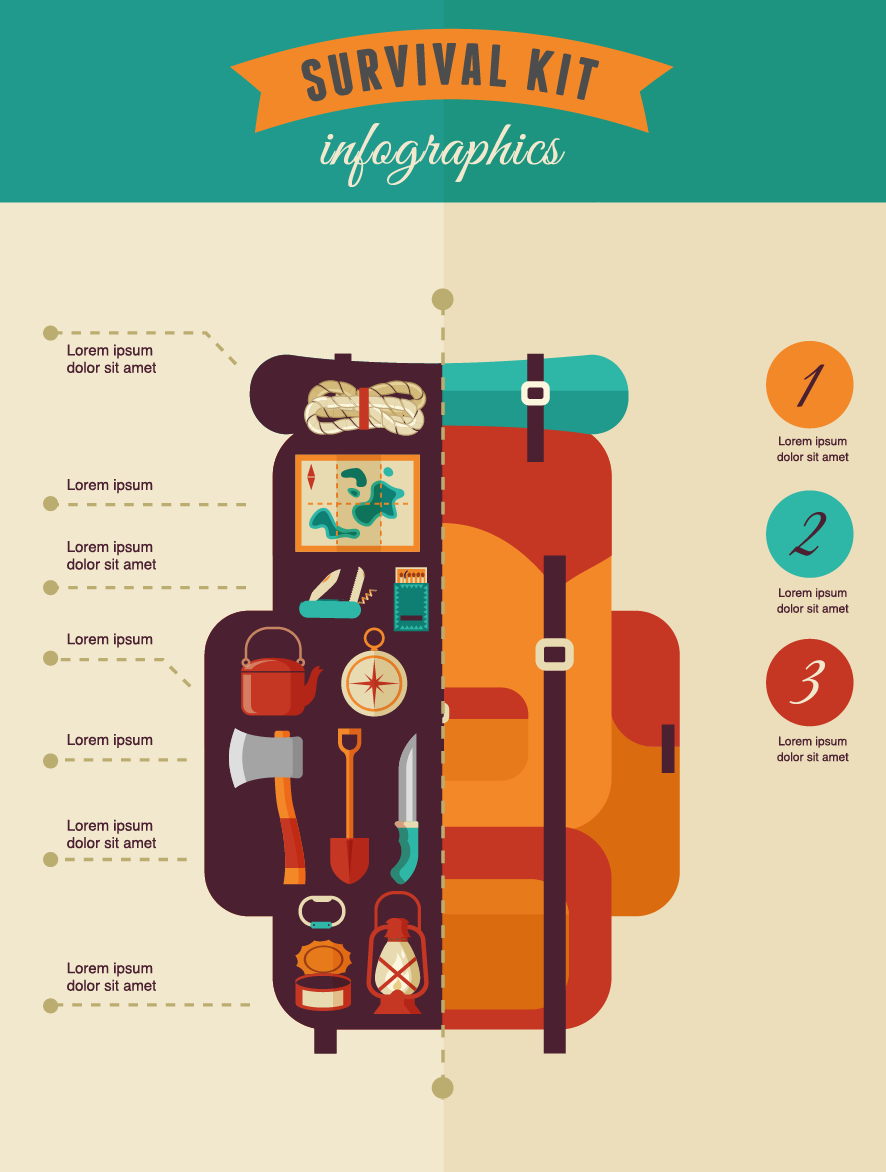Selling Camping Tents Online Is The New Hot Operation Trend
Selling Camping Tents Online Is The New Hot Operation Trend
Blog Article
Does Your Backpacking Tent Need a Footprint?
A footprint is expensive and adds additional weight to your backpack. It likewise isn't especially resilient.
What is a bell tent shaped like?
Eventually, whether or not a camping tent footprint is needed relies on where and just how often you're camping. In general, it's a good concept to make use of one if you camp on unpleasant surface areas or in damp problems.
Tents with Lower Deniers and Waterproof Scores
Camping tents with lower deniers and water resistant ratings tend to be lighter, but they can likewise be much more delicate. They may require more frequent repairs and have less indoor room than tougher models. If you're an informal backpacker that suches as to take a trip rapid and light, this may be great; nonetheless, even more seasoned walkers recognize that sacrificing durability can feature big consequences down the trail.
The denier and waterproof rating of a camping tent's canopy, rainfly, and floor can help you determine its livability. Search for higher-denier materials on the cover and rainfly, along with taped joints that assist avoid water from leaking with stitches. Some producers even use heat and sealant during construction to develop a more powerful joint; these are called bonded seams.
The livability of a tent can also be determined by its flooring dimensions and capacity. A tent's flooring must be a little smaller than the footprint to prevent water from merging under the shelter.
Outdoors Tents in Rough Surface
Several backpacking tents include a footprint developed specifically for their version, which assists make sure an appropriate fit and protects the tent's base from dampness and sharp things. Various other suppliers offer global footprints that can be reduced or folded up to match a camping tent's dimensions.
The sort of surface you'll experience is another vital factor to consider for selecting a tent. As an example, if you'll be camping in a canyon or gully, search for a shelter that can take care of strong winds. These problems produce turbulence that can make the distinction between appreciating your camping area or suffering pain.
The capability and peak elevation of winnerwell woodlander a tent offer you a great idea of its livability, however additional variables to think about include vestibules (the area of the rainfly covering the doors) and overall storage room. For instance, throughout our wintertime testing of the Marmot Tungsten, its charitable 93-by-82-inch floor conveniently dealt with 4 sweaty backpackers and their puffier shoulder period sleeping bags while still leaving ample space for gear and individuals.
Camping Tents in Wet Issues
Even if your tent shows up dry, dampness lurks in the spaces and crannies. Over time, it can weaken the material. That's why it's so vital to make use of rest days to deep-clean your outdoor tents and its components, such as zipper cellular linings, stake loopholes and flexible webbing straps.
Likewise, make sure to pitch your camping tent in a flat location, not a divot or concave spot, to ensure that ground water does not gather in between the tent flooring and footprint or tarpaulin. And if you're using an impact, consider a custom-cut one created for your tent's floor plan. It will not collect rain the way a common ground cloth or tarpaulin can.
Practice establishing and taking down your camping tent at home prior to you hit the trail, to get a feel for just how quickly and effectively you can do it. Additionally, practice scouting your tent in different surfaces to see how simple it is (or isn't) to do in bad climate condition.
Tents in High-Rise Situations
Camping tents vary in floor size and livability. For instance, a huge tent with double doors and vestibules like Marmot's Tungsten can handle four backpackers without needing acrobatics to get in and out or to keep equipment.
The minimal trail weight spec is the most effective spec to compare designs, as it consists of the bare basics: tent body, rainfly and poles. Yet bear in mind that the specification leaves out tent stakes, person lines and things sacks.
Many backpacking camping tents can stand up to a light summer storm, however some can be swept away by gale-force gusts. Seek a model with strong posts, an elevated bathtub-style floor and seam taping to minimize the opportunity of water seeping through. Costlier layouts additionally tend to feature stronger products that can stand up to the influence of debris and other forces.
How do you dry a tent fast?
